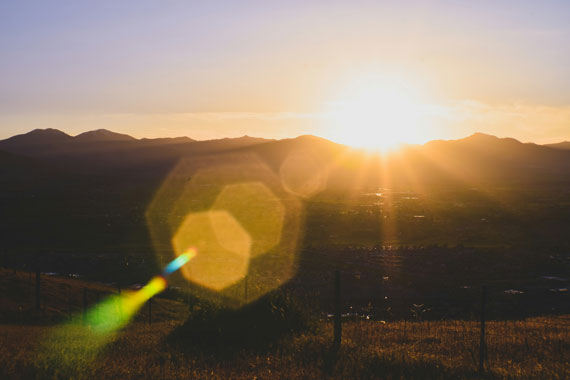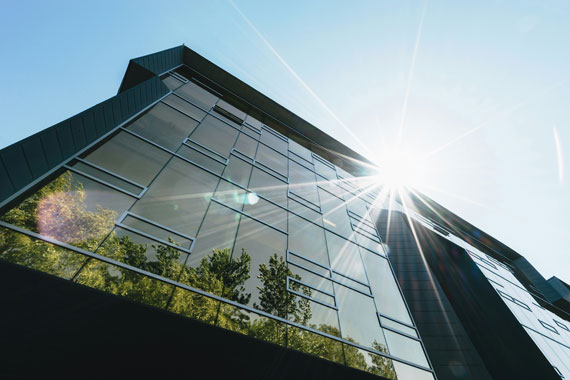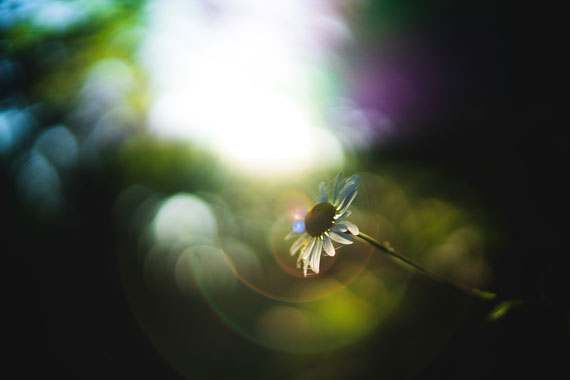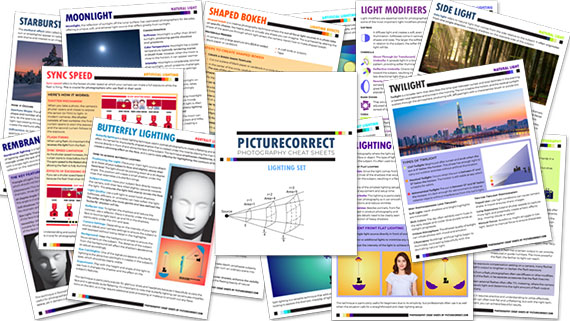Lens flare is a phenomenon in photography that occurs when light scatters or flares in a lens system, often in response to a bright light source, creating an effect that is either intentionally used for artistic purposes or considered an undesirable artifact. This effect can add a unique, sometimes ethereal quality to images, or it can distract and detract from the main subject. Understanding lens flare, its causes, types, and how to control it can significantly enhance a photographer’s ability to use it creatively or avoid it when necessary.
Quick reminder: only a little while left for the new Photo Lighting Cheat Sheets at 80% Off

Photo captured by Nexus 6
What Causes Lens Flare?
Lens flare arises when non-image forming light enters the lens and subsequently hits the camera’s sensor or film, creating visible artifacts. This usually happens when a bright light source (like the sun) is in or just outside the frame. Modern lenses are designed to minimize flare through coatings and complex optical designs, but no lens is entirely immune, especially when challenged by strong light sources.
Types of Lens Flare
- Veiling Flare: This type reduces overall contrast and can wash out an image, making it look hazy. It’s often less defined and can be challenging to control because it affects the entire image rather than just a specific part.
- Ghosting: These are typically more defined shapes or blobs of color that appear directly opposite the light source in the frame. They can be minimized or avoided by changing the angle or position relative to the light source.
- Starbursts: When a light source is stopped down (using a small aperture), it can create a starburst effect, which can add a dramatic or magical element to the scene.

Photo captured by Scott Webb
The shape of lens flare, whether circular or hexagonal, is primarily determined by the design of the camera lens, particularly by the aperture diaphragm inside the lens. The diaphragm is made up of overlapping blades that can open and close to change the aperture size, thereby affecting the amount of light entering the lens. The shape of the flare is directly related to the shape of the aperture opening.
Circular Lens Flare:
- Circular lens flares are typically produced by lenses with a circular aperture, which is often achieved when the lens is at its widest aperture setting where the blades of the diaphragm form a nearly perfect circle.
- This type of flare tends to appear softer and more diffused, creating a more uniform and often aesthetically pleasing glow that can enhance the artistic appeal of the image.
- Circular flares are more common in images where the aperture is not stopped down much (i.e., using a larger aperture), allowing more light to hit the sensor in a more uniform manner.
Hexagonal (or Polygonal) Lens Flare:
- Hexagonal or generally polygonal lens flares occur when the aperture is stopped down, and the shape of the aperture is more defined by the shape of the aperture blades. For instance, if a lens has six aperture blades, the flare might appear hexagonal.
- These flares are more structured and can introduce a geometric pattern to the light, which can be used creatively to add interest or a unique stylistic element to the photograph.
- The number of sides of the flare will correspond to the number of aperture blades in the lens. For example, an aperture with seven blades will produce heptagonal flares.
Embracing Lens Flare for Artistic Expression
Many photographers use lens flare to imbue their images with a sense of realism, depth, or emotion. It can convey a particular mood or atmosphere, add interest to a scene, or highlight a specific element of the image. Here’s how to harness lens flare creatively:
- Intentionality: Decide in advance if lens flare will enhance your image. Does it add to the story or mood you’re trying to convey? If not, it might be best to avoid it.
- Control: Use your hand or a lens hood to block unwanted light sources. Experiment with different angles and positions relative to the light source to achieve the desired flare effect.
- Post-Processing: Sometimes, lens flare can be enhanced or minimized in post-processing, offering additional creative control over the final image.

Photo captured by Clint McKoy
Avoiding Unwanted Lens Flare
While lens flare can be desirable, there are times when it’s unwanted and can detract from the photo. Here are tips to avoid it:
- Lens Hood: Always use a lens hood to reduce the chance of stray light hitting the lens.
- Positioning: Be mindful of the light source’s position relative to the lens. Adjust your angle or the subject’s position to mitigate unwanted flare.
- Lens Quality: Higher-quality lenses with better coatings can reduce the likelihood of lens flare.
- Filters: Be cautious with filters as they can introduce additional surfaces that reflect light and potentially increase flare.
Whether you’re embracing lens flare for its artistic value or seeking ways to avoid it, understanding this phenomenon can significantly enhance your photographic skills. By learning how to control or utilize lens flare, photographers can add a powerful tool to their visual storytelling arsenal, transforming ordinary shots into poignant, memorable images.
For Further Training:
Lighting is arguably the most important aspect of photography; but do you know how to use it? These new Photography Lighting Cheat Sheets are designed to help. With critical information on ALL the types of natural light and artificial light you can use, you’ll never be unprepared again.
Whether you’re a seasoned professional or just starting out, photography cheat sheets can be a valuable resource for improving your skills and taking your photography to the next level. By having all the key information you need in one place, you can focus on what’s important – capturing amazing photos.
Launch sale ending soon: The Photography Lighting Cheat Sheets at 80% Off
Like This Article?
Don't Miss The Next One!
Join over 100,000 photographers of all experience levels who receive our free photography tips and articles to stay current:







Leave a Reply